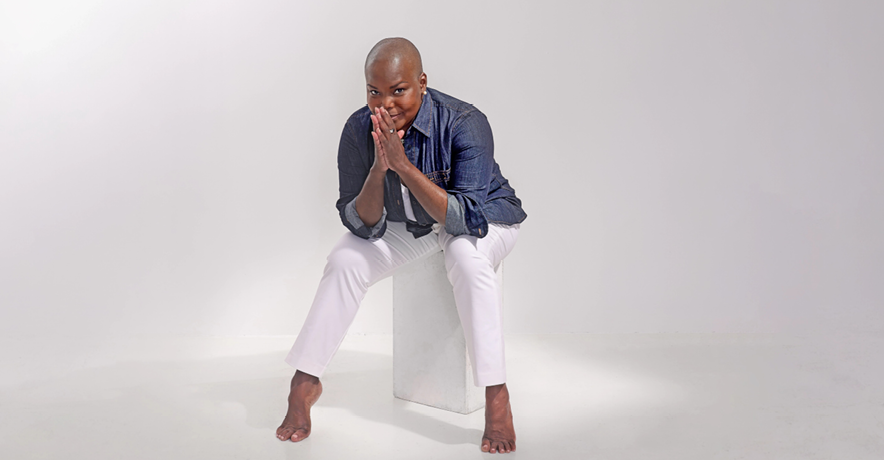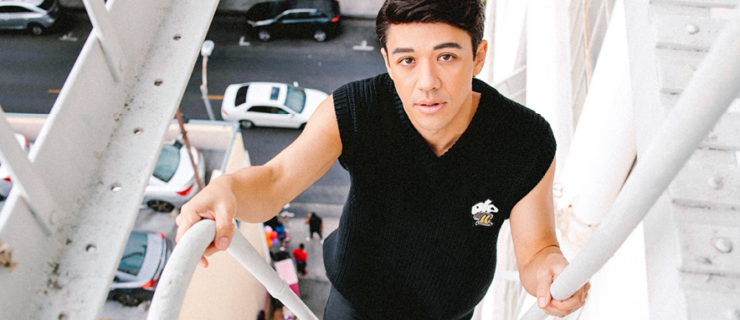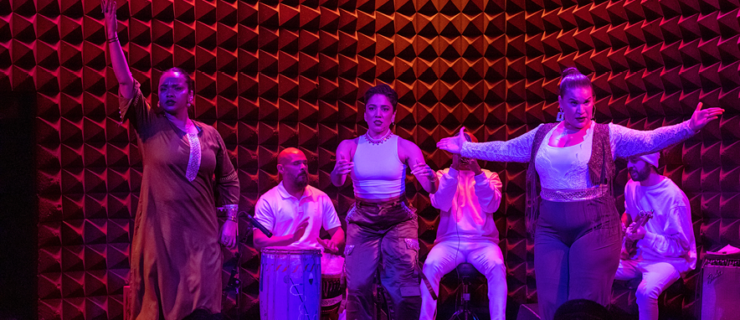First As a Performer and Now As a Choreographer, Hope Boykin Has Nurtured Her Unique Voice
Watching Hope Boykin dance is like watching a musical score come to life: Her speed, her clarity, and her innate understanding of music have captivated audiences for more than three decades. Boykin’s performance career—beginning with a breakout start at Philadanco and concluding with a 20-year run at the Alvin Ailey American Dance Theater, from which she retired in 2020—established her reputation as one of the most compelling dancers ever to grace the stage.
But that outwardly spectacular performer has always nurtured her inner voice, too. In her post-performance life, Boykin has begun to share that voice through choreography, spoken word, and writing. Her Joyce Theater choreographic debut in New York City this month—during which her company, HopeBoykinDance, will premiere the evening-length, scripted dance-theater work States Of Hope—promises to reveal yet more aspects of Boykin’s distinctive creative language.
“It almost doesn’t feel real,” Boykin says. “[The Joyce] stage is so important to me. I’ve been able to work for so many names that have put me on that stage—but now it’s my name.”
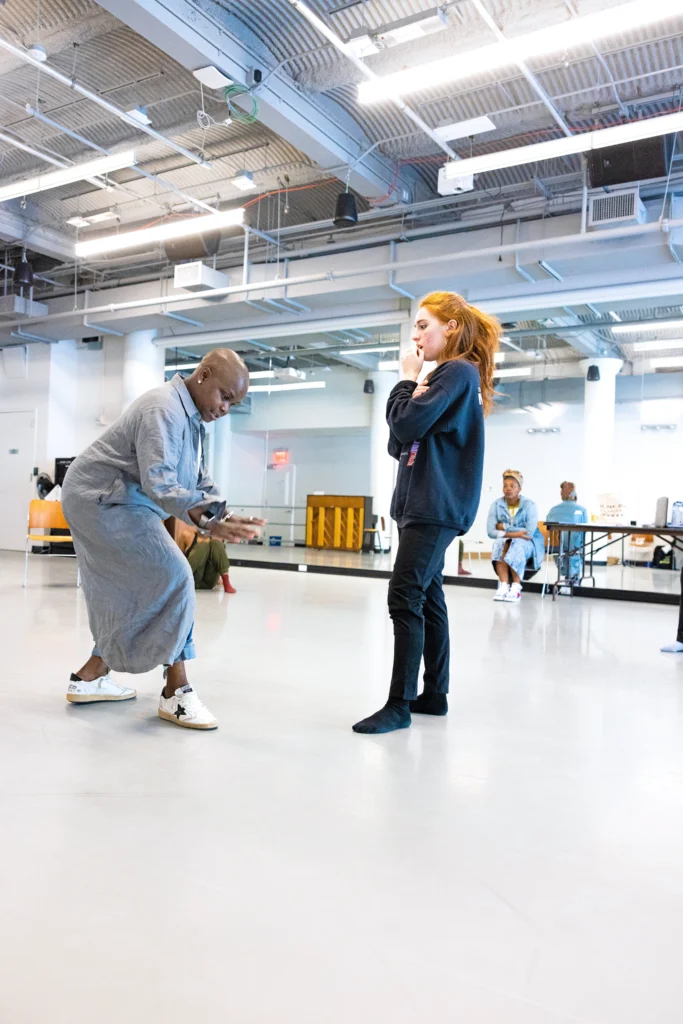
Boykin grew up in Durham, North Carolina, where she began to nurture her creative vision as early as the fourth grade, helping to choreograph her school production of Willy Wonka. “My teacher told me she knew that I danced and asked if I wanted to help her make some steps,” Boykin remembers. “I have loved making things since then.”
She started classes at Howard University but left to take a leap of faith, moving to New York City in pursuit of her dance dreams. She now refers to that period of her life as “sacrifice vs. need”: She lived on a friend’s couch, running from classes and work-study at The Ailey School to her part-time job at Capezio on 51st and Broadway. “I have done things that looked like sacrifice, but looking back, I see that it was a need,” Boykin says. “I didn’t understand the reason—I just knew that there was a reason.”
Boykin was invited to perform in the first Complexions concert by co-artistic director Dwight Rhoden, after he saw her in The Ailey School’s annual January performance. The next day, she took a bus to Philadelphia, where she auditioned for Philadanco. She danced there for six years under director Joan Myers Brown, who gave Boykin tools she would later use both inside and outside of the studio. “I learned so much from her about how she did her business, from working in the offices to steaming costumes and more,” Boykin says.
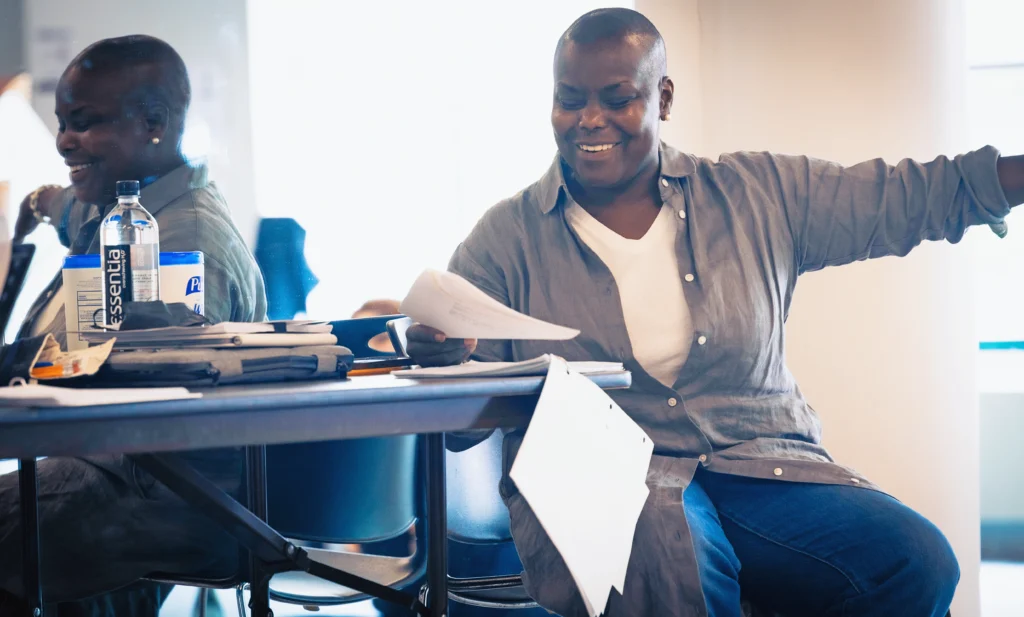
While at Philadanco, Boykin also joined the faculty of University of the Arts, where she assisted the legendary Horton teacher and former Ailey dancer Milton Myers. She started honing her choreographic voice, too, creating works for Philadanco’s company choreography showcase. “It was here that I really started to get the ‘Hope-isms,’ ” Boykin says—the signature components of her dance language.
Boykin never let go of her desire to join Ailey. “It was the ultimate dream,” she says. In 2000, Boykin auditioned for the company and was invited to join by then-artistic director Judith Jamison. During her tenure at Ailey, Boykin performed in a wide variety of works, a standout figure every time she walked onstage. Matthew Rushing—then an Ailey dancer and now the company’s associate artistic director, who has choreographed multiple leading roles on Boykin—describes her as explosive, timeless, and impactful. “I just remember her being able to articulate my dreams,” Rushing says.
Though Boykin prioritized her performance work, she believed her time at Ailey served a bigger purpose. “By the time I left, I wanted to make sure that whoever crossed my path, whether a new artist, new choreographer, or guest teacher, that they felt welcomed and protected,” Boykin says.
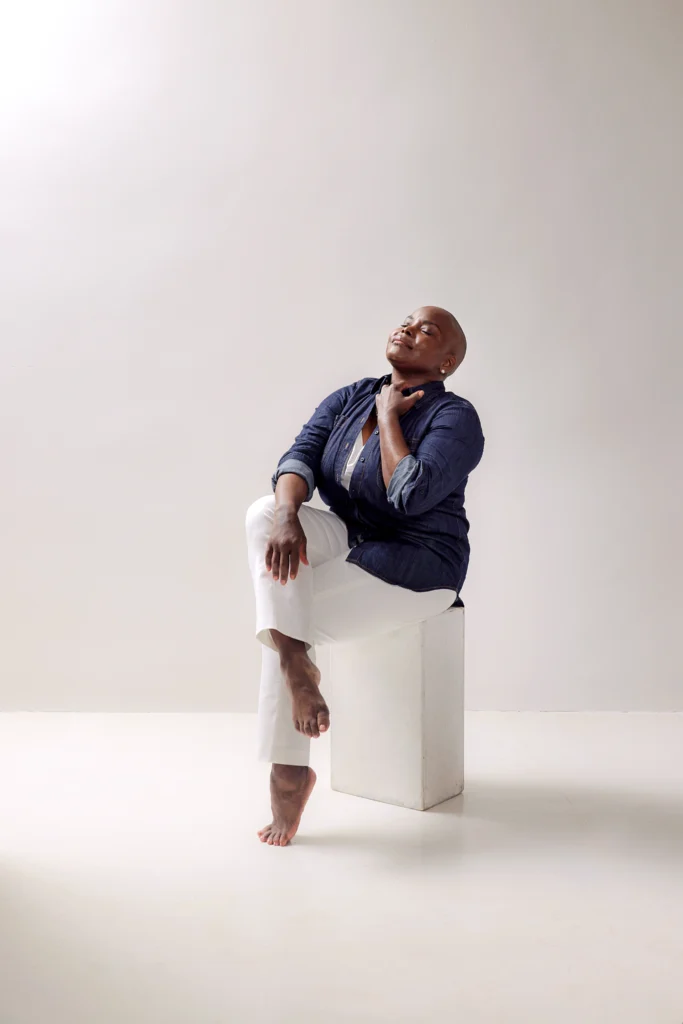
The ups and downs of a dance career don’t always foster self-love and reassurance. While performing, Boykin at times felt underappreciated due to her body shape and complexion. “I’m a petite woman that’s bald and undeniably Black,” she says. “I was up against a measuring stick that wasn’t even mine”—that measuring stick being the dance world’s problematic beauty standards.
One of Boykin’s gifts to the dance world, and to those around her, has been her determination to never alter herself to fit a mold. Rather, with tenacity, resilience, and humor, she’s carved out her own space. Her uniqueness has become her superpower; her boldness has empowered the many dancers coming up after her. And her confidence to be unapologetically Black in every space has liberated others to do the same.
Despite the challenges of her performing life, “I was supposed to be there, and everything was on purpose,” Boykin says. “The time I spent hurting and growing was all organized. My steps were mapped out, decided, and ordered.”
Boykin’s deep passion for creation led to her founding HopeBoykinDance in 2016. Since then, she has made works for Ailey, Hubbard Street Dance Chicago, BalletX, Philadelphia Ballet, and American Ballet Theatre’s Studio Company. In 2018, Damian Woetzel and the Kennedy Center commissioned Boykin’s MomentsUponMoments, which she choreographed, wrote, and performed with then New York City Ballet principal and current Paul Taylor Dance Company resident choreographer Lauren Lovette. “Hope is the sort of artist whose light fills a space,” Lovette says. “She knits a tight physical bond to what you are saying with your body, and that force feels nothing short of cathartic after the curtain closes.”
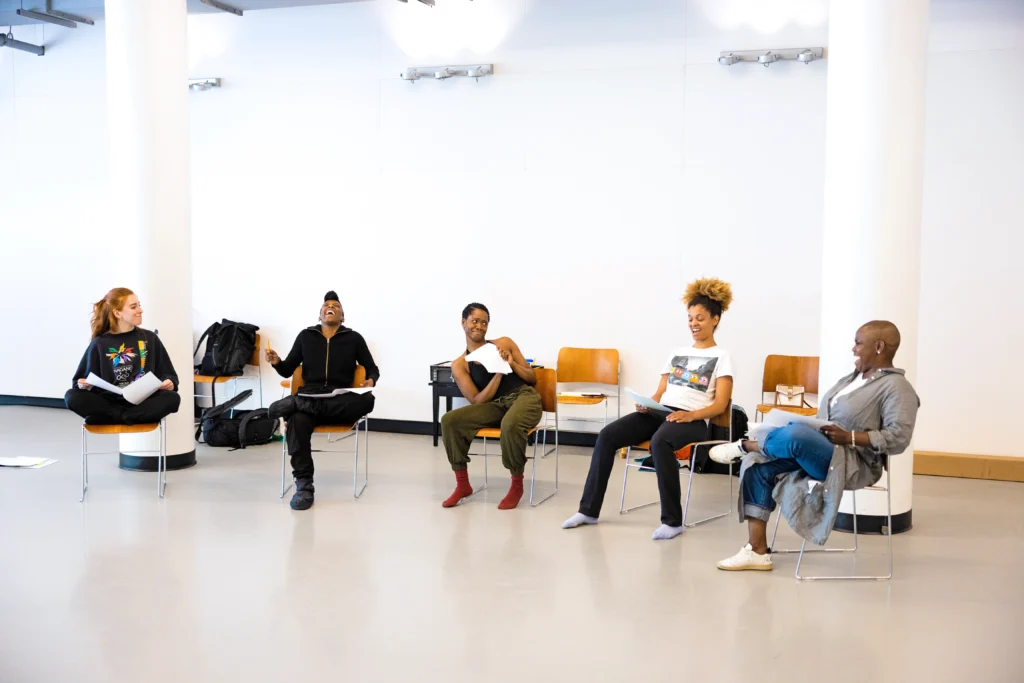
Boykin’s dances often have a personal dimension. But States Of Hope—which features seven characters that represent her inner world, coming together like a memoir of sorts—is both personal and universal. “The parts of my life that have made me uncomfortable are fueling the creativity to share a story that I know is not just my own,” Boykin says. “I’m supposed to tell this story. I have to climb on top of this uncomfortable mountain and scream.”
Like much of Boykin’s choreography, States Of Hope also includes both an original score (by Ali Jackson) and Boykin’s own poetry. “I like to see movement through the music, like the nuances of trumpet, or a drum,” Boykin says. “I also tend to choreograph like I talk. And because I use my words in my movement, when setting it on a dancer, the choreography and text come together. It never fails.”
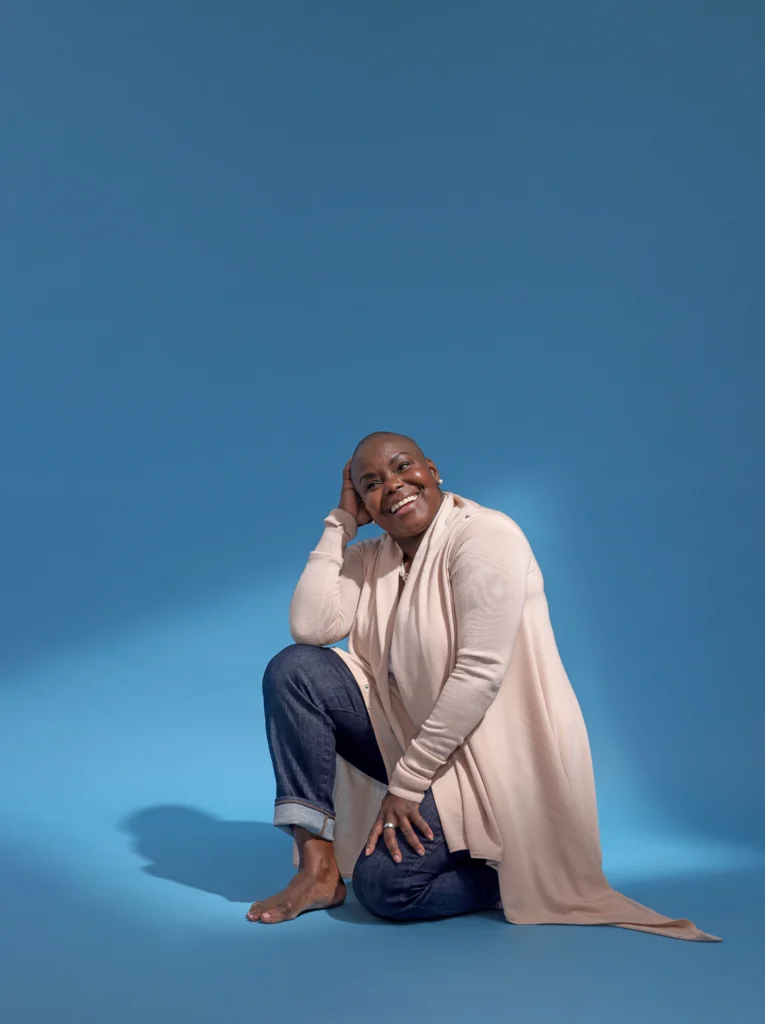
Boykin’s future options seem endless, given her versatility, talent, and determination to leave a mark on this world. One definite goal? “I want a Tony or an Oscar,” Boykin says, with a chuckle. The two-time Bessie Award winner also recently received a New York Emmy Award nomination for her PBS ALL ARTS special “Beauty Size & Color,” which considers beauty ideals in the first two decades of this century.
Awards aside, Boykin’s most deeply held aspirations are characteristically generous. “I want to walk into a room and change the environment to the most productive, truthful space possible,” she says. “I want to carve away the things that didn’t work for my spirit, give the things that did, and leave that space with a little more hope.”
